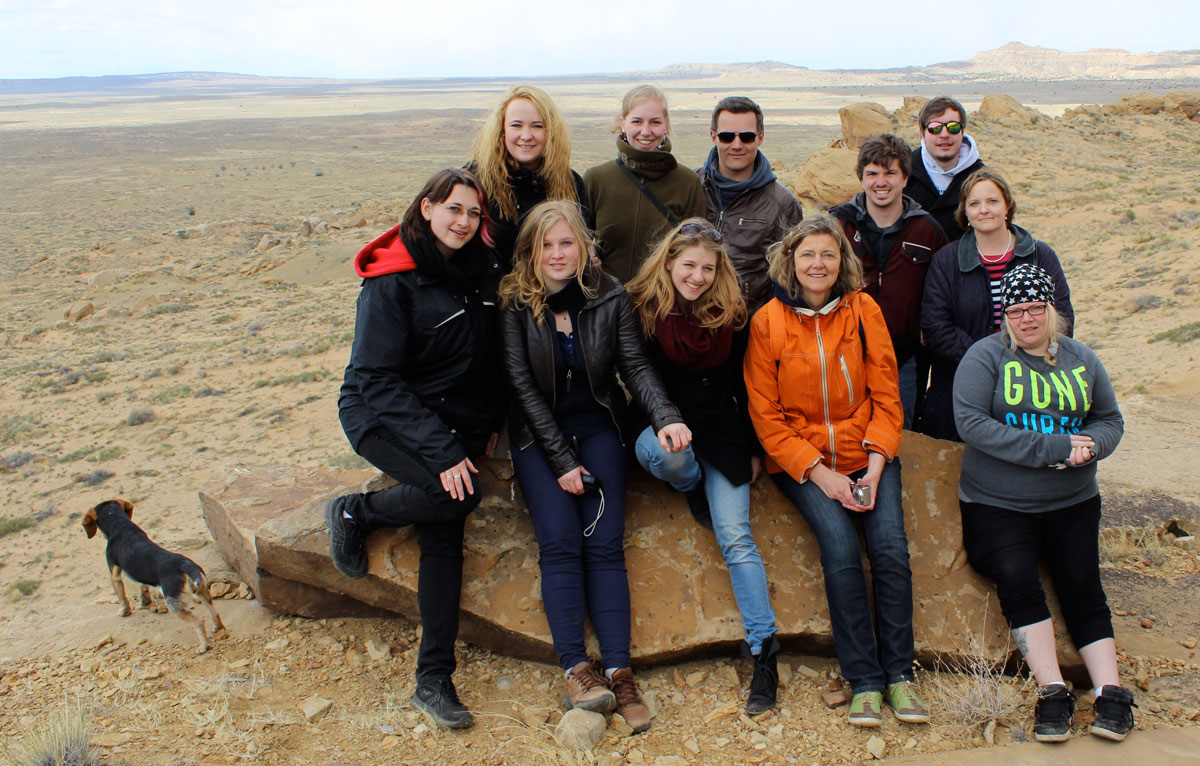On January 9, 2014, Berndt Ostendorf, Professor Emeritus of North American Cultural History at the Amerika-Institut, Ludwig-Maximilians-Universität München, gave a talk on “The Rise and Fall of Multicultural Theory and Practice: The Ideological Contradictions of Belonging” in the Leuphana lecture series, “Maple Leaf & Stars and Stripes.”
Ostendorf is a widely published researcher on areas as diverse as the cultural history of immigration, the politics of difference, multiculturalism, creolization and circumatlantic diasporas, American popular culture, the culture industry, New Orleans, and American music. He is also a board member of the Rat für Migration, a German migration policy think tank. Read more








